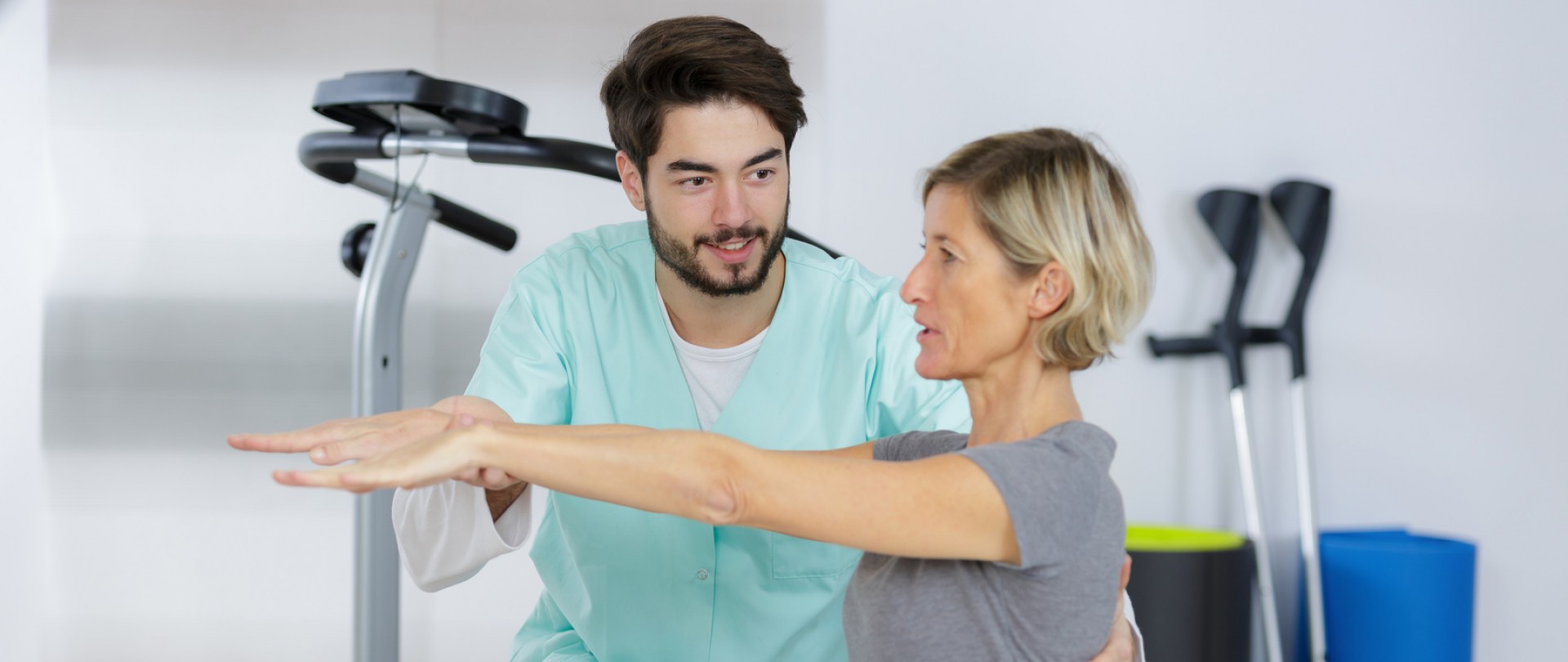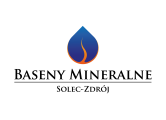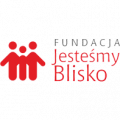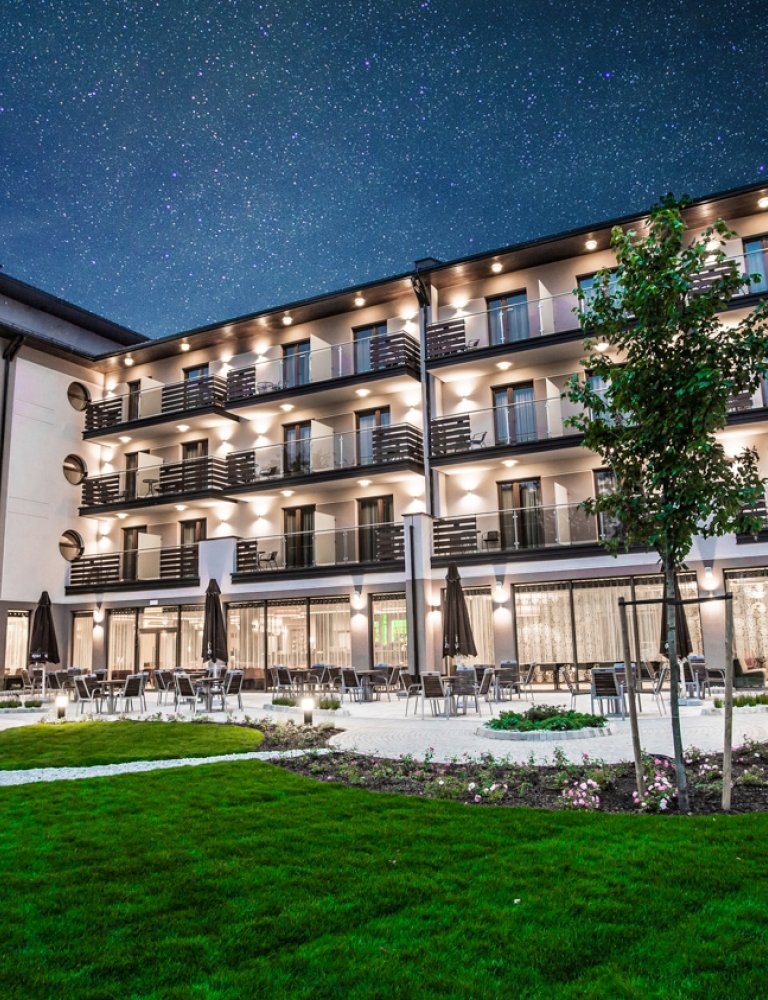Post-traumatic and overload of motor organs can occur in anybody. How to fight the pain?
Symptoms of motor organ overload are associated with performing repetitive tasks and with long-term static loads, such as standing or sitting in the same position for a long time. As a result, we feel pain, motor coordination and strength weaken and, at the same time, we experience restricted mobility. Some people may also experience neurological symptoms such as tingling in the extremities as well as greater susceptibility towards various injuries.
Post-traumatic conditions of motor organs may result from tear of muscles, nerves, joints, cartilages and ligaments. Sprains, tearing, disruption and bruises occur following injury, which in turn results in restricted mobility and pain. Such cases often lead to swelling and even hematoma or hemorrhage. Injuries of this type may occur, for example, as a result of practising amateur or competitive sports.
How to deal with post-traumatic states and overloading the motor organs? First of all, you might like to focus on physiotherapy.
When it hurts, or how to cope?
Physiotherapy in case of post-traumatic states and overloading the motor organs is designed to stop the progression of changes as well as lead to the recovery of the patient’s physical fitness and health. What's important, it often prevents the recurrence of symptoms.
Appropriate muscle stimulation leads to:
- overcoming pain,
- combating inflammation,
- improving the efficiency and range of motion,
- improving the functioning of various organs in the body.
In the case of overloading motor organs, physical therapists focus on eliminating tension from the body, reducing pain and restoring normal functioning of the body. As in the case of post-traumatic conditions, where emphasis is placed on overcoming pain, restoring strength and coordination in the joints, eliminating the resulting oedema and restoring the full range of limb movement.
Depending on the case, a physical therapist may recommend targeted massage, exercises and other activities to even the tension or relieve tired tissues. Relief is brought, for example, through medicinal baths, which stimulate microcirculation and have relaxing properties for painful muscles (brine-sulphide baths are especially recommended), as well as mud wraps (that have stimulating and anti-inflammatory properties) and medicinal gymnastics, namely kinesiotherapy – exercises that act like a remedy.
How to avoid injuries and overload in the motor organs?
Prevention in such cases is quite broad and includes various activities concerning various spheres of our lives, from work to physical activities.
You can start from the fact that at work – regardless of whether performed seated or standing – you should change position as often as possible and avoid the stiffening of muscles and joints.
If you work in a sitting position, you should set aside at least 5 minutes every hour to get up from your desk, take a walk (even across the room), stretch your arms, legs and spine and take a few deep breaths.
You should not also take up some sport and stick with it – according to the principle that “if you don’t use it, you lose it”, so bear in mind that our body needs movement. Without movement, it becomes far more vulnerable to all kinds of injuries and harm.
Every sport requires a certain technique that you need to master before you start exercising. If you decide in favour of a particular sport, you should not push yourself. The key to a healthy workout is proper selection of both the amount of repetitions and weight with which we decide to train (weights, balls and other accessories).
Remember to always exercise alternately (rather than focusing on only one half of the body) and always start with the workout with a warm-up that will stimulate the muscles to work and end your exercise with stretching (to reduce muscle tension).
As you can see, post-traumatic and overload of the motor organs may occur in anybody – active people as well as those who spend all day behind the desk. To avoid disorders, you should remember to perform at least some moderate, smart physical activity – ensure that your muscles, joints and tendons are given safe and regular movement. Preventing treatment understood as properly chosen sport is important in this case throughout the entire year, but once in a while it is worth spending a few days on regenerating the body with natural treatments such as therapeutic baths and mud wraps!



























